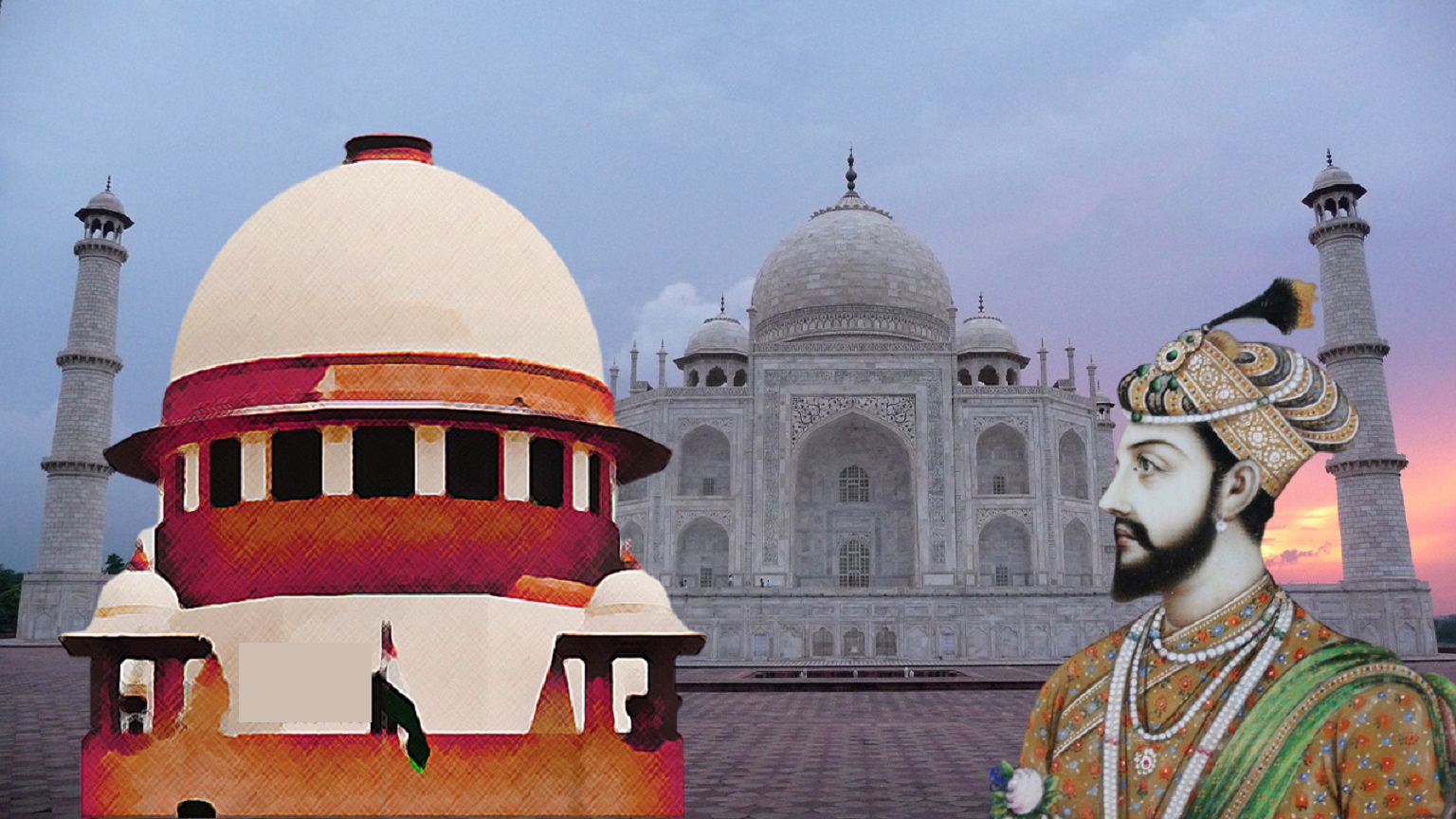
Taj Mahal's History in Question
Asserting that “everything cannot be reopened after 400 years,” the Supreme Court on Monday declined to hear a PIL that sought to rewrite the history of the Taj Mahal.
It also made an effort to stop the filing of pointless PILs by charging a petitioner seeking a statement that Sri Sri Thakur Anukul Chandra should be recognised as the sole deity of all Indians Rs 1 lakh in fees.
Every individual has the fundamental freedom to practise the religion of his or her choice, Justices MR Shah and CT Ravikumar’s panel informed petitioner UN Dalai. India is a secular nation, thus the petitioner cannot argue that Indians may embrace Sri Sri Thakur Anukul Chandra as their “paramatma,” it stated.
‘Taj Mahal has been there for 400 years, let it be’
The petition was filed before a bench of Justices MR Shah and CT Ravikumar by a Haryana resident named Surjit Yadav.
“Do not drag courts into everything,” the bench said, according to the Hindustan Times. “Can we determine what is the age of the Taj Mahal or the historical facts behind it after 400 years?”
The bench rejected it with a fee of Rs. 1 lakh for wasting judicial time with a frivolous plea and stated, “This is not a PIL but publicity interest litigation.”
A short while later, lawyer Barun Kumar Sinha presented his case on behalf of PIL petitioner Dr. Sachchida Nand Pandey, who was asking the Archaeological Survey of India (ASI) to instruct them to properly inspect the Taj Mahal and identify the building that existed before the Mughal-era masterpiece.
After ASI releases its study on the Taj Mahal, Sinha contended, the erroneous image depicted in textbooks should be rectified. The bench ruled that PILs were not intended for fishing-related enquiries. Since it has been there for 400 years, Taj Mahal should remain.
You make a representation to the ASI and let them decide. Do not drag courts into everything. Everything cannot be reopened after 400 years. The courts have no expertise in archaeology.”

















